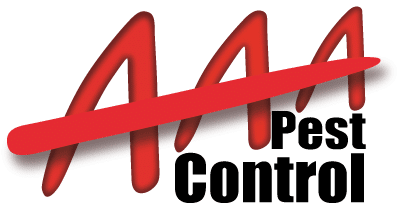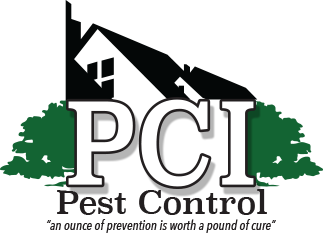Most pest proliferation results from the guys preparing the females. A couple of pests bring forth living youthful; be that as it may, life for most pests starts as an egg. Temperature, moistness, and light are a portion of the main considerations impacting the hour of bringing forth. Eggs come in different sizes and shapes: prolonged, round, oval, and level. Eggs of cockroaches, grasshoppers, and asking mantids are laid in cases. These things are some key roles of pest control essex to know about the detailed process of insects. Eggs might be stored separately or in masses on or close to the host – in soil or water or on plants, creatures, or designs. The series of changes through which a pest passes in its development from egg to grown-up is called transformation. At the point when the youthful is first brought forth from an egg, it is called either a hatchling (complete transformation) or a fairy (fragmented transformation). After taking care of for a period, the youthful develops to where the skin can’t extend further; the youthful sheds its skin (sheds) and new skin is framed. The quantity of these formative stages (called instars) fluctuates with various pest species and, now and again, may change with the temperature, stickiness, and food supply. The heaviest taking care of by and large happens during the last two instars.

No transformation
Among brought forth and arriving at the grown-up stage, a few pests don’t change besides size. Models are silverfish, firebrats, and springtails. The food and environments of the youthful (called sprites) are like those of the grown-up.
Steady transformation
Pests in this gathering go through three unique transformative phases before arriving at development: egg, sprite, and grown-up. The sprites look like grown-ups in structure, eat similar food, and live in a similar climate. The difference in the body is progressive, and the wings become completely grown exclusively in the grown-up stage.
Complete transformation
The pests with complete transformation go through four progressive phases: egg, hatchling, pupa, and grown-up. The youthful, which might be called hatchlings, caterpillars, parasites, or grubs, are not quite the same as the grown-ups. They typically live in various circumstances and as a rule, feed on unexpected food sources in comparison to grown-ups.
Models are creepy crawlies, butterflies, flies, mosquitoes, pests, honey bees, and insects. Hatchlings hatch from the egg. They become bigger by shedding and going through one to a few instar stages. Moth and butterfly hatchlings are called caterpillars; some creepy crawly hatchlings are called grubs; most fly hatchlings are called worms.
The pupa is a resting stage during which the hatchling changes into a grown-up with legs, wings, receiving wires and practical regenerative organs. A few pests structure a case during this stage.
Pest Relatives
Some different sorts of irritation organic entities – like parasites, ticks, pests, sowpests, pillpests, millipedes, nematodes, centipedes, and mollusks – are like pests in numerous ways. The vast majority of these pests look like pests and have comparable life cycles; every one of them causes comparative harm and normally can be dealt with similar strategies and materials that helps to oversee pests.

